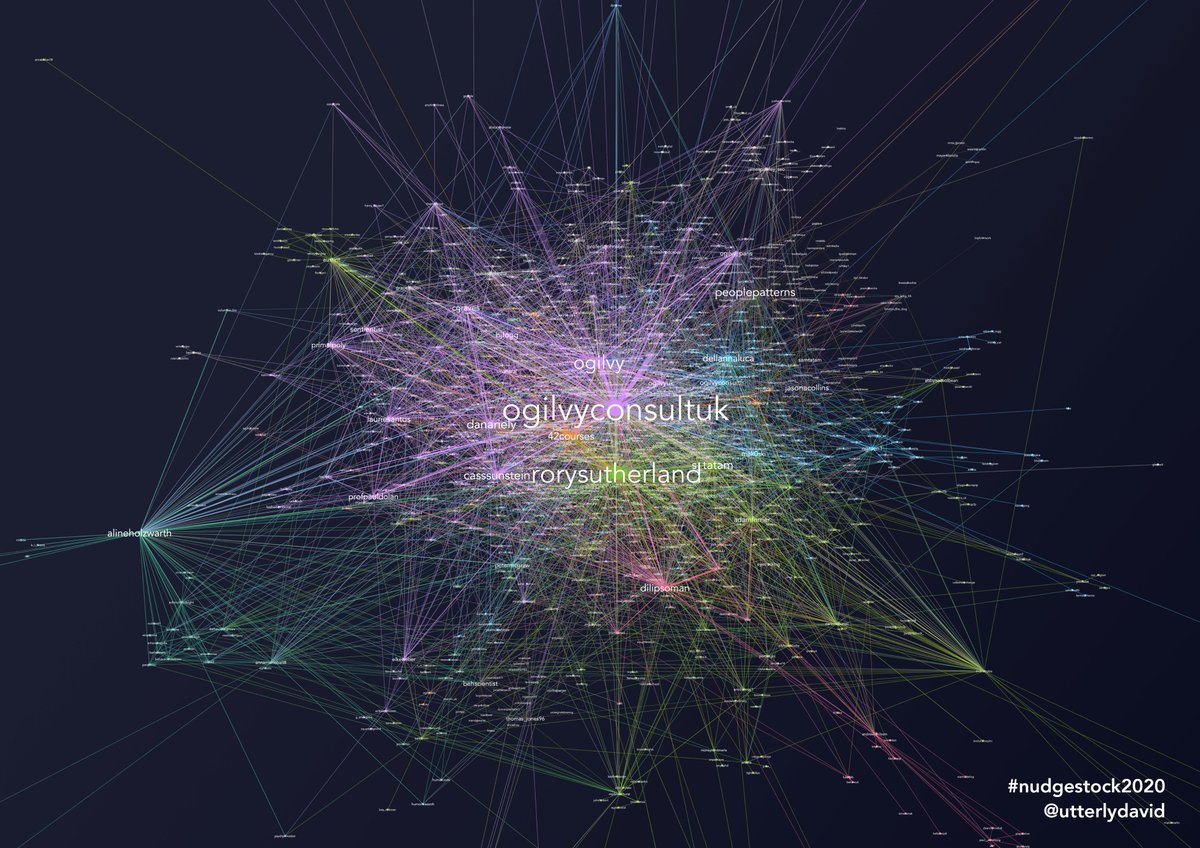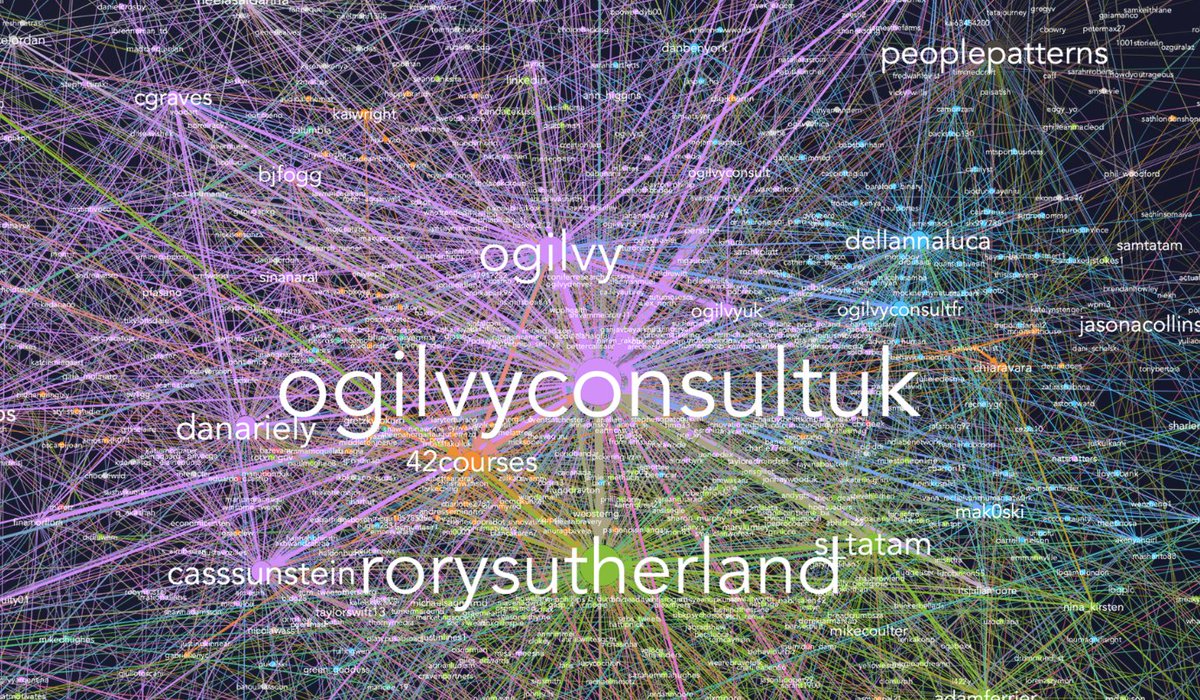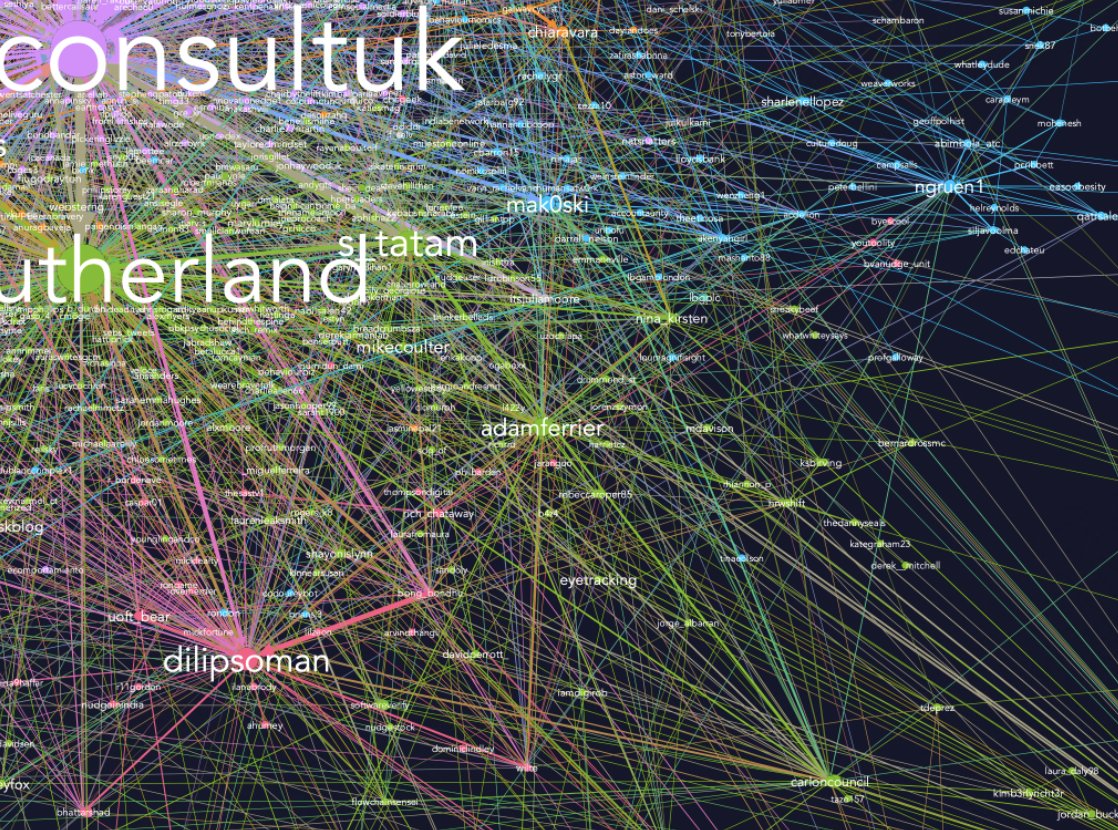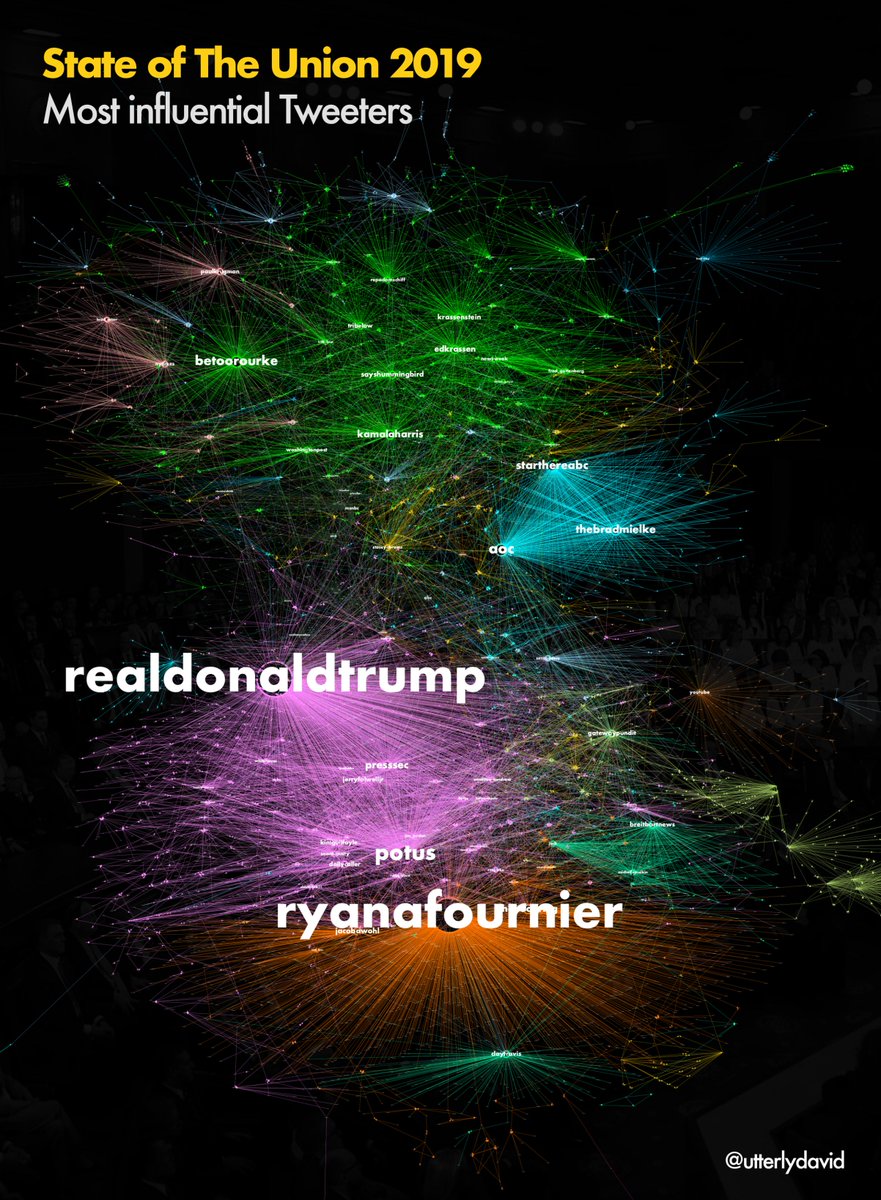
If you're reading this, you're probably a semi-expert in behavioural economics. Today I read the granddaddy paper of our field: Prospect Theory.
Prospect Theory: An Analysis of Decision under Risk by Daniel Kahneman & Amos Tversky (1979)
Paper #3 #30papers30days 👇
Prospect Theory: An Analysis of Decision under Risk by Daniel Kahneman & Amos Tversky (1979)
Paper #3 #30papers30days 👇
This paper rails against Expected Utility Theory - the idea that we weigh all options up and choose rationally - and ultimately annihilates this idea.
This paper is about certainty. Our desire to pick options that are most certain, even if they are worse.
This paper is about certainty. Our desire to pick options that are most certain, even if they are worse.
Certainty Effect. People overweight outcomes that are considered certain.
You could win some money here. Would you pick A or B?
A: $4000 with an 80% probability
B: $3,000 (100% probability)
80% go for B.
You could win some money here. Would you pick A or B?
A: $4000 with an 80% probability
B: $3,000 (100% probability)
80% go for B.
The Reflection Effect.
Just as people prefer sure gains, they prefer sure losses. Given the choice of A or B, what would you choose?
A: 80% chance of losing $4,000
B: 100% chance of losing 3,000
80% go for B, even though they know they will lose money. Better the devil you know
Just as people prefer sure gains, they prefer sure losses. Given the choice of A or B, what would you choose?
A: 80% chance of losing $4,000
B: 100% chance of losing 3,000
80% go for B, even though they know they will lose money. Better the devil you know

Probabilistic Insurance.
Image you're not fussed either way on getting fire damage insurance. A company proposes a deal:
✨ Probabilistic Insurance ✨
⭐️ Pay half the normal price, but there's a catch...
Image you're not fussed either way on getting fire damage insurance. A company proposes a deal:
✨ Probabilistic Insurance ✨
⭐️ Pay half the normal price, but there's a catch...
If the fire occurs on
• An odd number day: pay full price and your losses will be fully recovered
• An even number day: your expense is refunded fully but your house burned everything
80% didn't go for ✨ Probabilistic Insurance ✨ despite not actually being fussed paying
• An odd number day: pay full price and your losses will be fully recovered
• An even number day: your expense is refunded fully but your house burned everything
80% didn't go for ✨ Probabilistic Insurance ✨ despite not actually being fussed paying
The above sounds abstract, but there are many instances where you pay to lower the probability of something going wrong without eliminating it. Replacing tires, investing in CCTV, stopping smoking.
Yet, instead of cutting the chance of loss in half, we prefer to guarantee it.
Yet, instead of cutting the chance of loss in half, we prefer to guarantee it.
The Value Function.
Just as we understand light, sound and temperature by their relative changes, we understand health, wealth and prestige by relative differences, not absolute states.
Value should be measured by A) initial starting point B) the magnitude of change from it.
Just as we understand light, sound and temperature by their relative changes, we understand health, wealth and prestige by relative differences, not absolute states.
Value should be measured by A) initial starting point B) the magnitude of change from it.
Our sensitivity to relative differences increases at small scales. And diminishes the further we get from the reference point. It's easier to discriminate between 3ºC/ 6ºC than 13ºC/ 16ºC.
Thus, the difference in value between $100 and $200 is felt more that of $1,100 vs $1,100
Thus, the difference in value between $100 and $200 is felt more that of $1,100 vs $1,100
This gives us the anatomy of Prospect Theory's value function:
1. Value is defined on deviations from the reference point
2. Concave for gains: risk aversion for gains. Convex for losses: risk seeking for losses
3. Steeper losses for gains - losses hurt more than gains
1. Value is defined on deviations from the reference point
2. Concave for gains: risk aversion for gains. Convex for losses: risk seeking for losses
3. Steeper losses for gains - losses hurt more than gains

GOOD: groundbreaking work; became cornerstone of behavioural economics; challenging but rewarding read
BAD: over-reliance on surveys; field xpmts would have complemented; psych student participants
BETTER IF: applied beyond economics to health, policy, quality of life, so on.
BAD: over-reliance on surveys; field xpmts would have complemented; psych student participants
BETTER IF: applied beyond economics to health, policy, quality of life, so on.
Closing comments.
Kahneman & Tversky's work went on to win the Nobel Prize in economics. In 2020, PT was replicated across 19 countries in 13 languages with 94%-100% replication. This marriage of psychology and economics was only possible because both faculties shared a lunchroom
Kahneman & Tversky's work went on to win the Nobel Prize in economics. In 2020, PT was replicated across 19 countries in 13 languages with 94%-100% replication. This marriage of psychology and economics was only possible because both faculties shared a lunchroom
Source.
Kahneman, D. and Tversky, A., 2013. Prospect theory: An analysis of decision under risk. In Handbook of the fundamentals of financial decision making: Part I (pp. 99-127).
uzh.ch/cmsssl/suz/dam…
Replication study.
doi.org/10.1038/s41562…
Kahneman, D. and Tversky, A., 2013. Prospect theory: An analysis of decision under risk. In Handbook of the fundamentals of financial decision making: Part I (pp. 99-127).
uzh.ch/cmsssl/suz/dam…
Replication study.
doi.org/10.1038/s41562…
• • •
Missing some Tweet in this thread? You can try to
force a refresh








